
Finding New Spaces Together
‘Vádye Eshgh (The Valley of Love)’ is a collaboration between Second Generation Collective and Abdul-Rahman Abdullah weaving through themes of beauty, diversity and the rebuilding of identity.
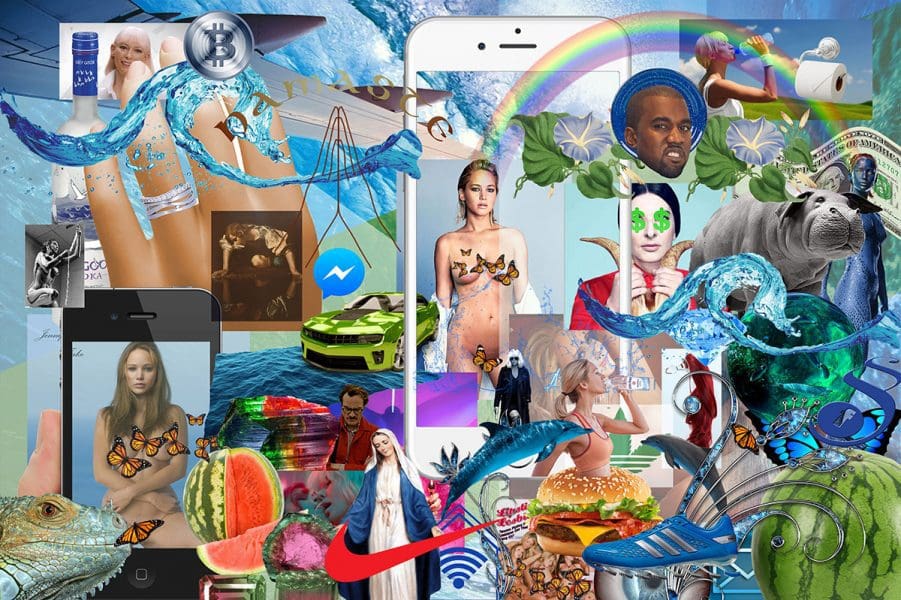
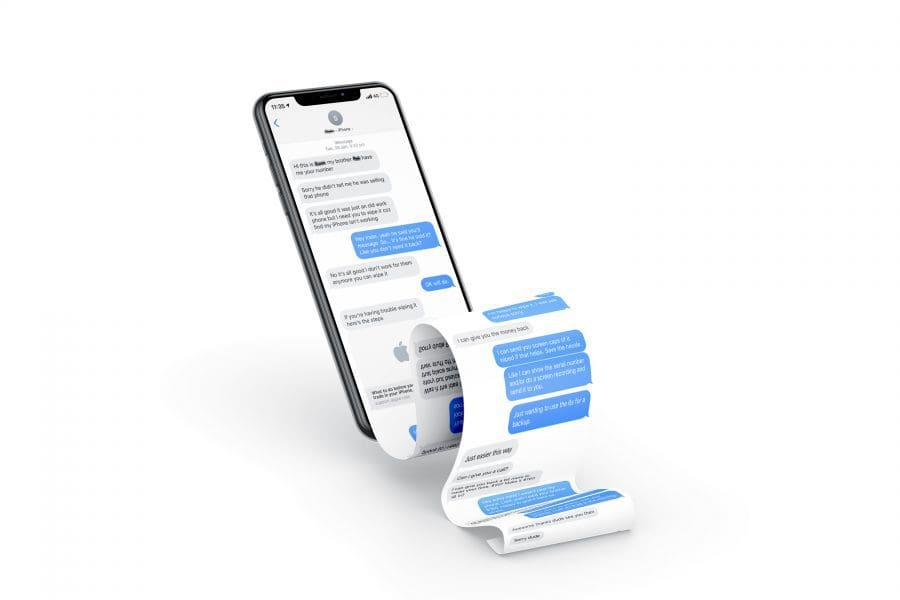
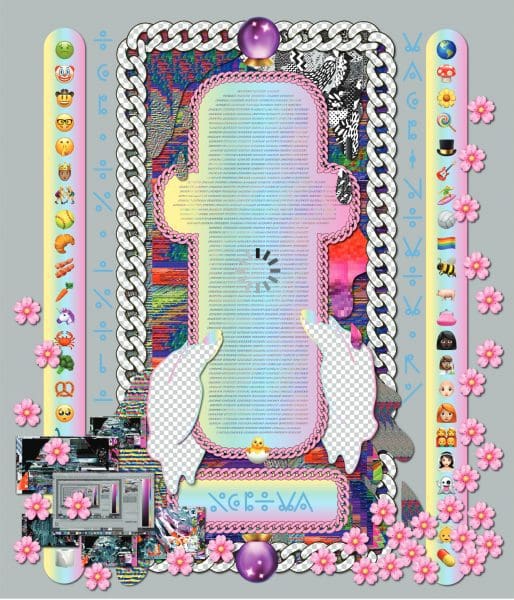

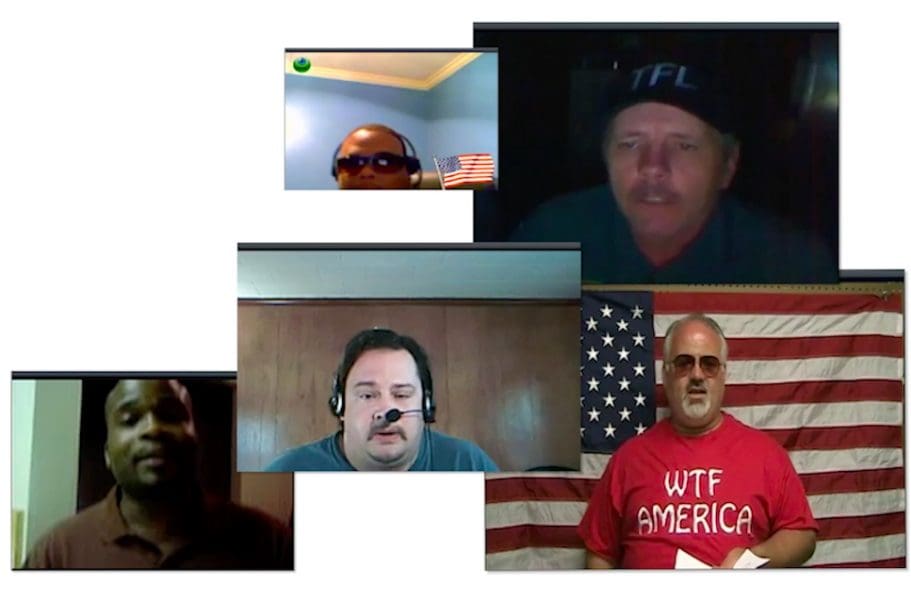
Our online lives are on steroids at present. The impact of Covid-19 is accelerating the uptake of technology, merging our work lives within the domestic and promoting the virtual everything. The group exhibition Conflict in My Outlook_We Met Online is prescient in this regard. Planned as a physical exhibition, it segued onto the internet with the pandemic and social-distancing.
While the title is drawn from a Microsoft error message about calendar conflicts, I have conflict in my own outlook with art experienced through a screen. Actual exhibitions have a material reality that exists in the buffer space of a gallery, away from the pressures and notifications of life. I love the rabbit hole of an exhibition. In these other physical places texts and messenger updates don’t float across my vision and snap at the gossamer thread of concentration in their demand for attention, now.
Even art not connected with this increasingly virtual reality is transformed: Kenneth Macqueen’s interest in the sublime in his circa1933 watercolour painting, Storm clouds over the farm, is recontextualised into a metaphor for computerised data clouds. Elisa Giardina Papa’s Technologies of Care, 2016, blurs the boundaries between real and constructed digital intimacy with narratives that draw you in, juxtaposed with anonymous rotating figures. Their construction with patterns familiar from domestic interiors adds to their visual intrigue. Daniel McKewen’s The ‘ideo-log’ project, 2020, traces the construction of an app that infiltrates online media to create conflict, echoing the networked propaganda of a post-truth world. In this online environment, where the medium is so wholeheartedly the message, truth and fiction are on a spectrum that creates an alternate reality that is utterly false, yet credible.
Curator Anna Briers began researching this topic in response to her questions about “the paradoxical relationship that we have with technologically networked devices, smart phones, smart houses, Fitbits that we wear. The internet is integral to our everyday lives – the question is does it connect, or disconnect us?” The answer probes at the polarities that the online environment disrupts absolutely.
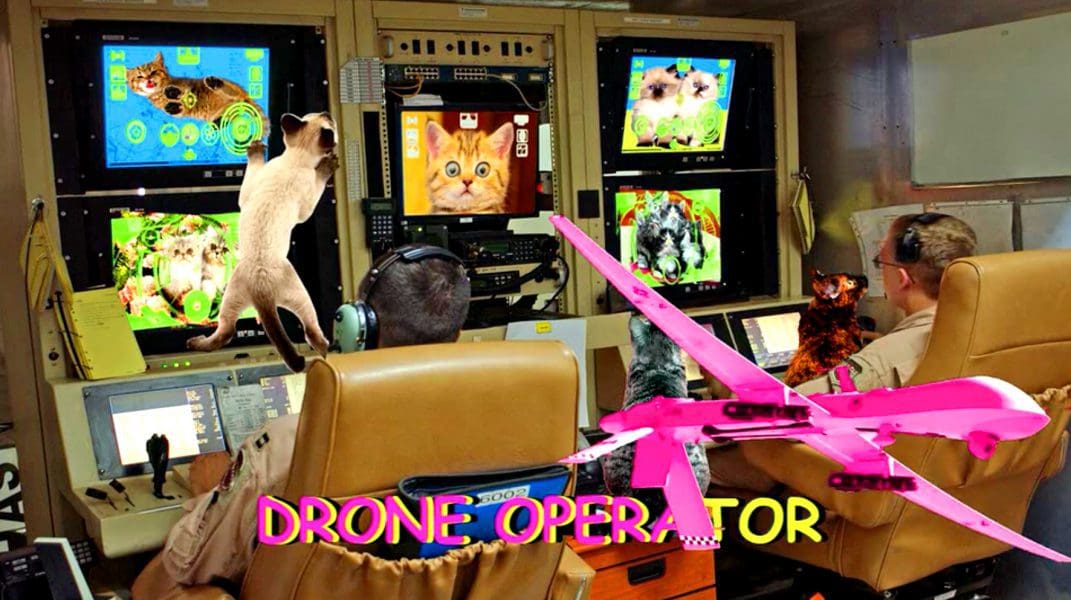
The exhibition is themed to trace the progression of our online lives. ‘Utopia to Dystopia’ notes the optimism in the internet’s beginnings, its aspirations to be an egalitarian space, all the way to the rise and dominance of the corporate monopolies of ‘FAANG’ (Facebook, Apple, Amazon, Netflix, Google).
‘Digital Intimacies’ looks at the increasing role of algorithms in our personal lives, the surrender of our privacy, and the increasingly public nature of our private lives. ‘Disinformation Architects’ probes fake news and the creation of social dissention using online platforms. ‘Surveillance Capitalism’ notes the sinister use of our information as the new “oil” in terms of wealth creation.
Briers emerges from her research for this exhibition “quite scared, to be honest. The show poses questions that we need to think about. Fundamentally, the reality is that underpinning our every single engagement online, whether we are catching an Uber, ordering a pizza, or using Google maps, every gesture is tracked, monitored and captured, then traded. What this means for our freedom is a question for the future.”
This online exhibition experience is compelling in a similar way to a horror movie. Artists capture our terrifying realities, presented in digital artworks from which it is hard to look away. And there’s more. A physical presentation of the exhibition, Conflict in My Outlook_Don’t Be Evil, will open at UQ Art Museumin July 2021. This iteration takes its subtitle from Google’s initial corporate motto. While those words were quietly removed from its trademark in 2015, the motives of so much of what we experience online remain opaque and the visions that artists have made of and about the internet deliver a jolting reminder of the slippery trajectory with which we all engage.
Conflict in My Outlook_We Met Online
UQ Art Museum (online)
21 August – 1 March 2021